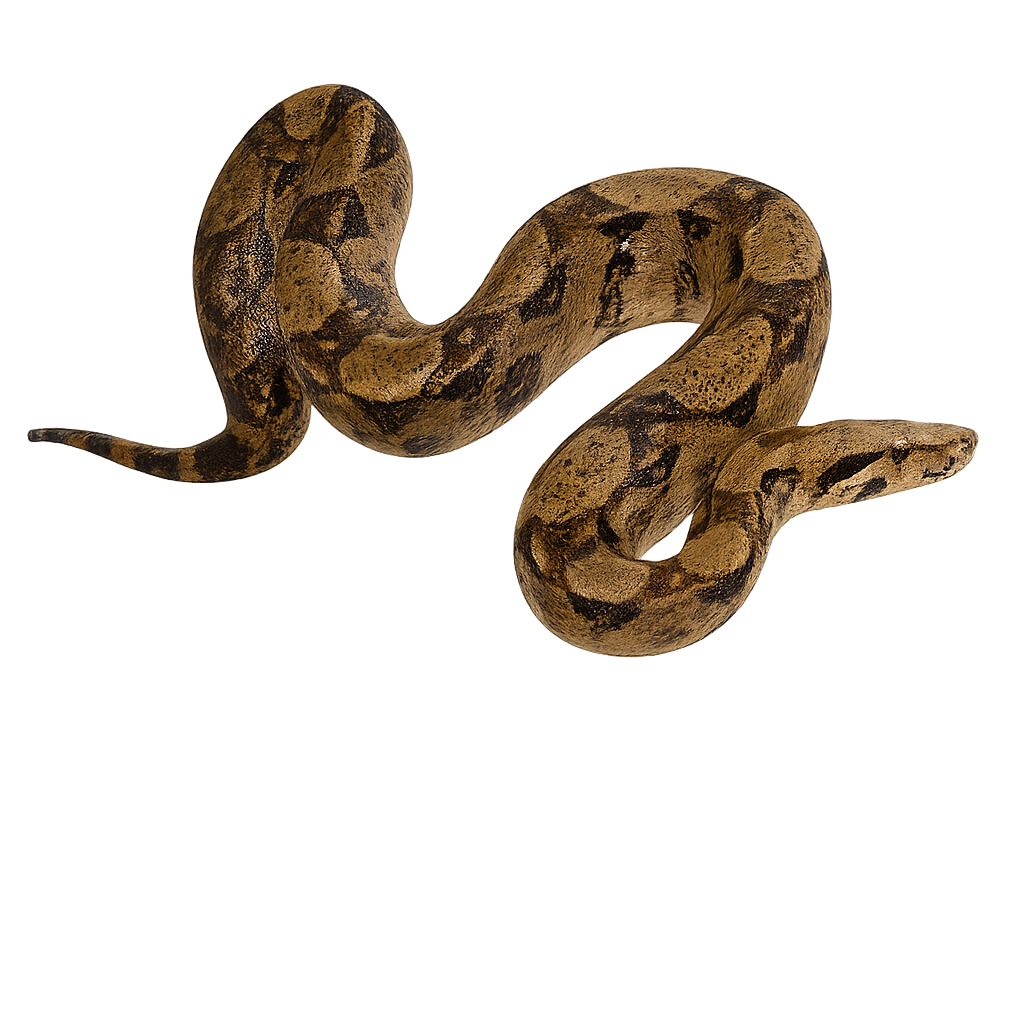Your wildlife photography guide.
Explore the boa constrictor in detail, study its behavior, prepare your shots.
Where to observe and photograph the boa constrictor in the wild
Learn where and when to spot the boa constrictor in the wild, how to identify the species based on distinctive features, and what natural environments it inhabits. The WildlifePhotographer app offers tailored photography tips that reflect the boa constrictor’s behavior, helping you capture better wildlife images. Explore the full species profile for key information including description, habitat, active periods, and approach techniques.
Boa constrictor
Scientific name: Boa imperator

IUCN Status: Least Concern
Family: BOIDAE
Group: Reptiles
Sensitivity to human approach: Suspicious
Minimum approach distance: 3 m
Reproduction period: April to May
Incubation: 5-7 mois
Births: April to May
Habitat:
Tropical and subtropical forests, woodlands, and savannas of Central and South America, mainly from Mexico to Peru and Brazil
Activity period :
Mainly active at night, generally discreet during the day.
Identification and description:
The Boa constrictor, also known as the Emperor Boa, is a medium to large-sized snake, easily recognized by its smooth scales and complex pattern of brown and golden spots and bands. It primarily inhabits the tropical forests of Central and South America, where it hides in foliage or tree trunks, using its climbing skills to hunt and conceal itself. This non-venomous snake is a constrictor, meaning it kills its prey by wrapping around it tightly before swallowing it whole.
The Boa constrictor is generally a solitary animal, and while it is an effective predator, it primarily feeds on small mammals, birds, and occasionally reptiles. It is also popular in captivity, but like many reptiles, it is threatened by deforestation and habitat loss.
Recommended lens:
Macro – adjust based on distance, desired framing (portrait or habitat), and approach conditions.
Photography tips:
Use a macro lens or a telephoto lens to photograph the boa constrictor, especially when it is resting or moving in its natural environment. The soft light of the morning or evening is ideal for capturing its scales and colors. Be discreet and respect its space to avoid disturbing its natural behavior.
From knowledge to field practice
A species profile helps you understand an animal. In the field, the challenge is often different. Remembering your own observations.
The WildlifePhotographer app allows you to:
• record your personal observations
• note locations, dates, and behaviors
• revisit your field references over time
• build a private and long-term field logbook
The app does not provide observation locations.
It helps you organize what you actually observe, with respect for wildlife.

